How to Integrate Voice Commands into Your IoT Application
Rahul Motwani
September 11, 2024 333 Views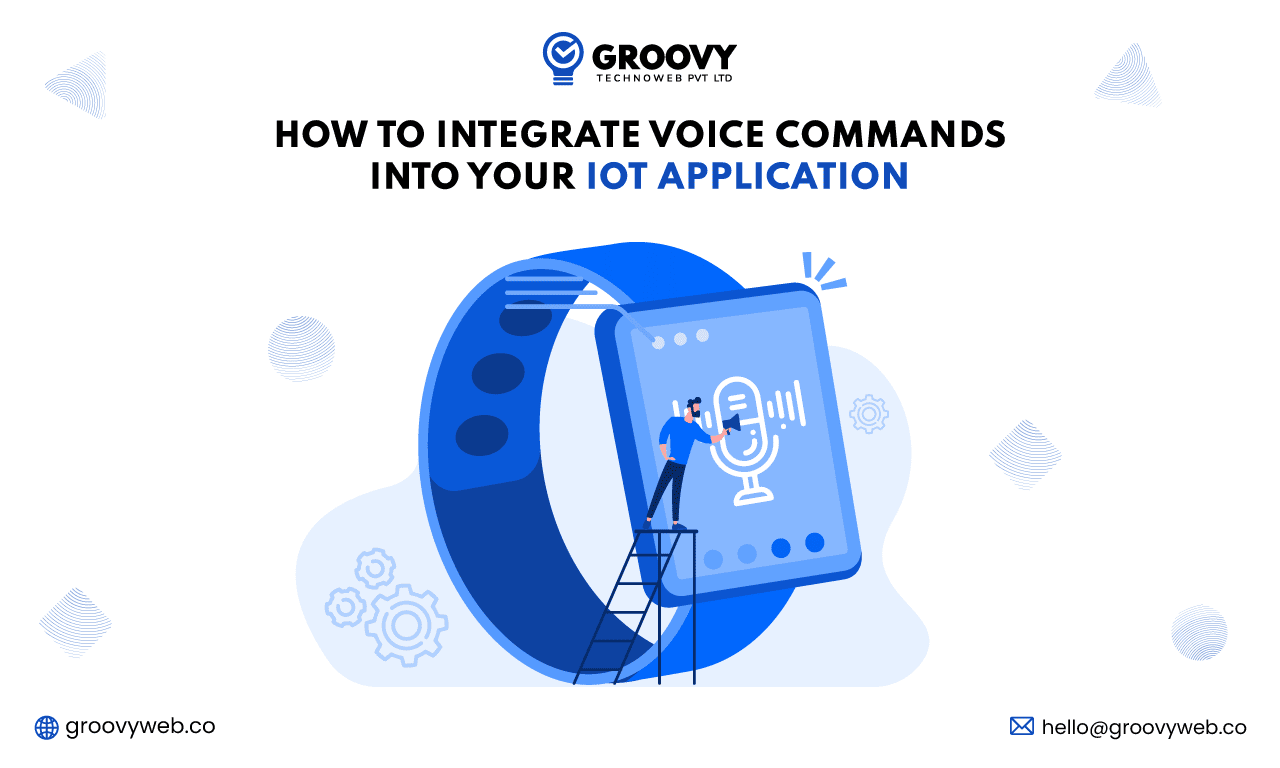
Quick Summary : Voice commands in various IoT applications enable users to enjoy better experience, accessibility and functionality through hands-free control and personalized interaction. This further expands the use of technology in disability cases and saves valuable time in some cases. The entire process includes requirements definition, voice recognition technology selection, API implementation, testing and ensuring data security. Groovy Web brings professional IoT application development services by guaranteeing seamless voice integration, future-ready technologies, real-time responses and better insights into data.
In this ever-removed technology world, integrating voice into one’s IoT application can enhance user experience and expand the capabilities of an application. It will permit users to interact with their devices more intuitively, seamlessly streamlining processes and making technology more available and accessible.
In this blog, we will explore how to integrate voice commands into your IoT application, the key benefits, and how Groovy Webs IoT application development services can help you achieve this seamless integration.
Why do Voice Commands Matter in IoT Applications?
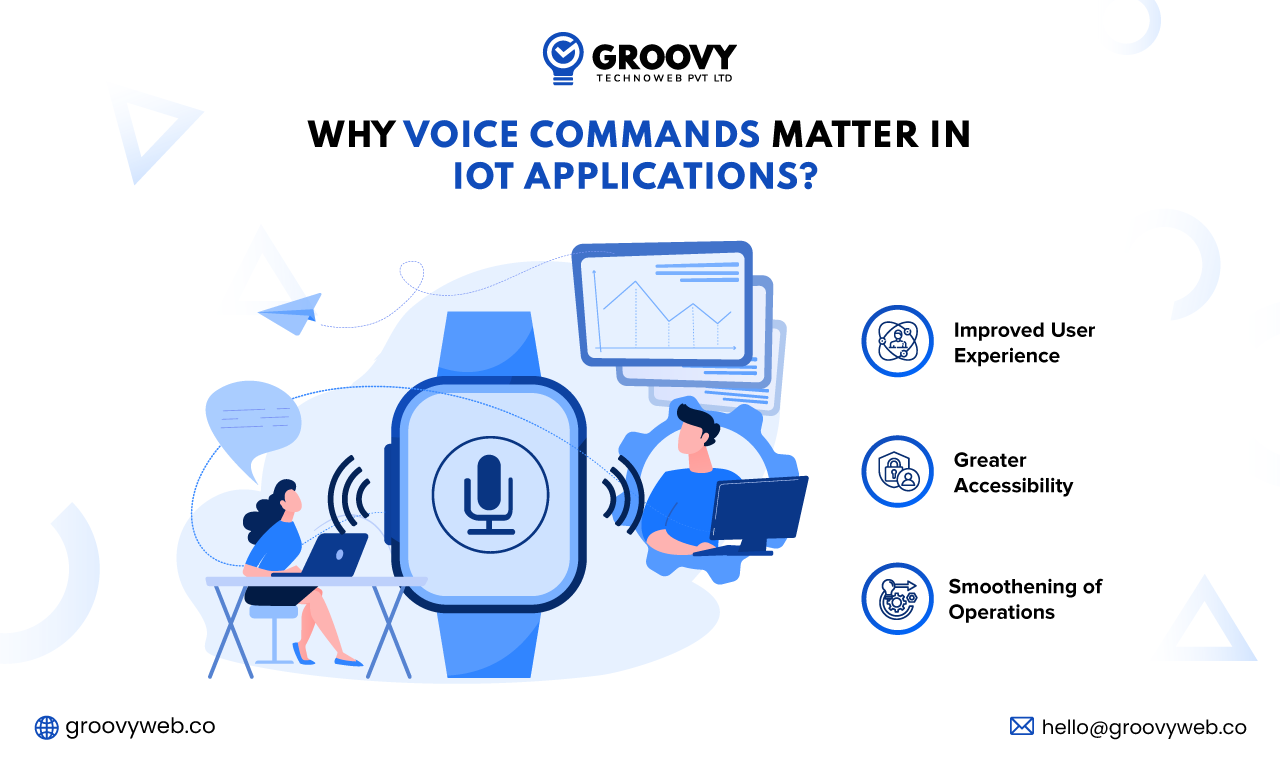
Voice commands are how users get to instruct their IoT devices nowadays. With voice embedded, you’ll automatically give way to hands-free control-be it in the smart home system or wearables. Here’s why it is so important to integrate voice:
- Improved User Experience: Voice commands make interactions easier; therefore, more natural and intuitive.
- Greater Accessibility: It is probably because voice-controlled systems can offer far greater convenience to users with disabilities and those who are multitasking.
- Smoothening of Operations: Voice commands may lessen the number of manual inputs, thereby speeding up processes.
Benefits of Integrating Voice Commands into IoT Applications
Integrating voice commands within your application means numerous advantages in terms of user experience, accessibility, and functionality. Here is how voice commands can take your solution to the next level:
Improved Usability
Voice commands make IoT devices easy to use for users of any age and proficiency. The learning curve is reduced, which again increases overall user satisfaction.
Hands-free operation
It is smooth to operate devices using voice and is hands-free, which allows multitasking, where manual use is not possible, hence improving convenience and safety.
Increased Efficiency
Switching to voice commands will make operations faster and hence effective in time-sensitive environments such as health, log, and manufacturing.
Personalization
Voice technology recognizes each user and personalizes responses according to preference, thus creating personalized and entertaining experiences.
Ease of Use
Voice commands make IoT accessible to users with disabilities, extending the reach of the technology into newer and more significant application areas.
Seamless Integration
Voice commands turn an intelligent ecosystem into a control hub where one can manage interconnected devices with ease in homes or offices.
Response in Real Time
Immediate voice interaction provides for real-time control and adjustments that become imperative in case of security or emergency.
Future-Ready Technology
This keeps your IoT application at the bleeding edge of innovation, poised for future developments in AI and machine learning.
Improved Data Insights
Voice-based interaction gives extremely valuable insight into user behavior and allows companies to finetune their products and offer personalized services for enhanced user satisfaction.
How to Integrate Voice Commands into Your IoT Application
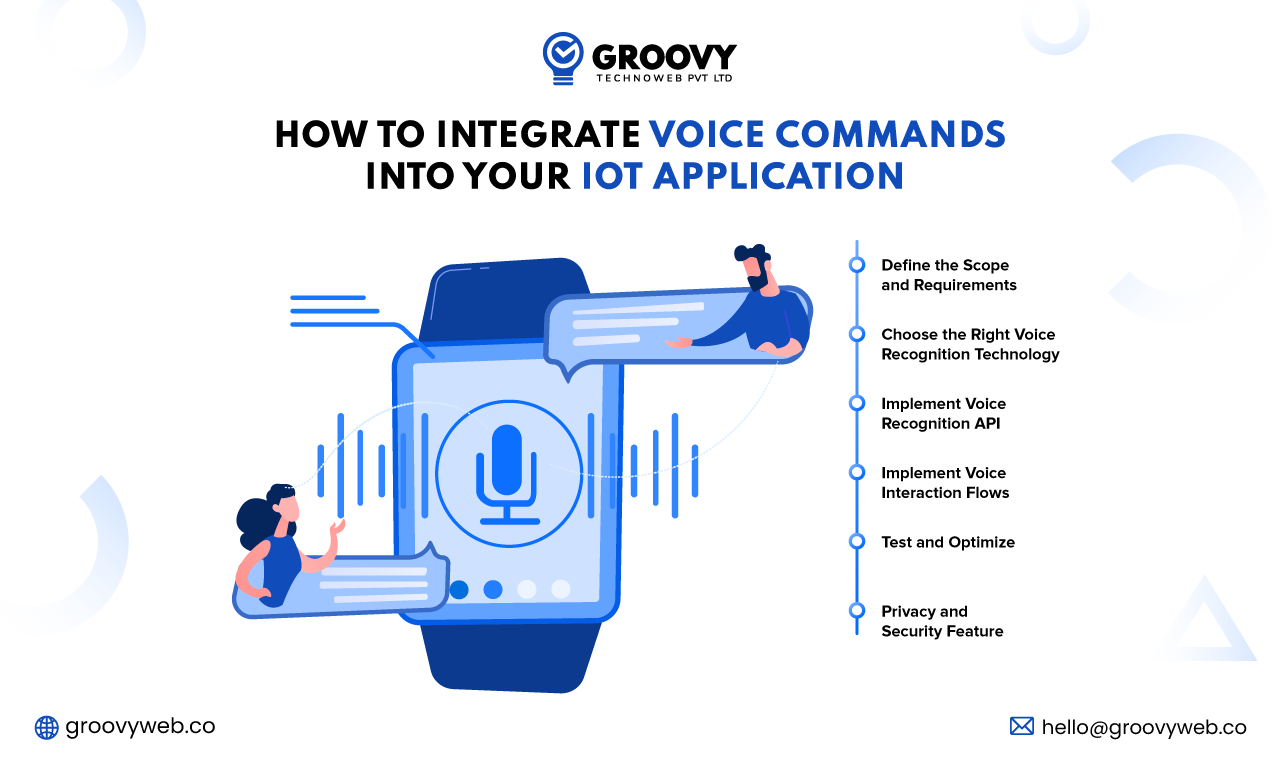
Integrating voice in an IoT application involves several steps. Now, here is a guiding step-by-step to help you proceed in this direction:
1. Define the Scope and Requirements
Before starting with the integration process, you need to specify in no uncertain terms what you want to achieve with voice commands and draw in considerations of the following:
- Types of Commands: What are the concrete actions the users can do with using voice?
- Voice Interaction: Define how the voice interface will interact with your IoT application. Will it only accept simple orders or complex queries?
- Target Devices: Identify the devices or platforms it will be compatible with for the acceptance of voice commands.
2. Choose the Right Voice Recognition Technology
The choice of voice recognition technology is crucial. Some of the widely accepted ones are as follows:
- Voice Assistants: The voice recognition technology incorporated into voice assistants, like those by Amazon in Amazon Alexa, Google in Google Assistant, and even Siri by Apple, are excellent.
- Bespoke Solutions: Design a bespoke voice recognition system for IoT applications based on specific needs
3. Implement Voice Recognition API
Having completed your choice for voice recognition technology, implement your IoT application with the API. In more detail, this entails aligning with the latest IoT trends to ensure your solution remains cutting-edge and competitive.
- API Configuration: You will acquire API credentials and configure them in the application
- Mapping Voice Commands: Map the voice commands to actions in your IoT application
4. Implement Voice Interaction Flows
Design and develop the interaction flows for your voice commands. Ensure:
- Command Clarity: Voice commands are clear and easy to understand.
- Feedback Mechanism: Provide auditory or visual feedback on the understanding and execution of commands.
5. Test and Optimize
Do thorough testing of your voice command integration to identify any bugs/inadequacies that might be there. Consider:
- User Testing: Conduct testing by real users to get feedback on voice command functionality.
- Performance Monitoring: Performance monitoring of voice commands involves optimization to increase overall accuracy and response times.
6. Privacy and Security Feature
As the voice data is sensitive, high security should be provided. This involves:
- Data Encryption: Encryption of the Voice data from unauthorized access.
- Privacy Policies: Let the user know in what way his/her voice data would be made useful and get their consent.
Groovy Web’s IoT App Development Services
At Groovy Web, we are specialists in IoT application development and offer comprehensive IoT application development services to seamlessly integrate voice commands into your applications. Here are some aspects of our skilled team members who develop IoT Apps:
- IoT App Development: We do custom development related to IoT applications as per your needs.
- IoT Mobile App Development: Our service also covers the development of mobile applications for IoT devices, including all modules for smooth and responsive functioning.
- IoT Application Development: We offer IoT application development right from conceptualization to deployment.
Our knowledge extends to integrating voice commands with IoT apps, used with the latest in advanced technologies and industry best practices for ensuring a superior user experience. Being one of the leading IoT app development companies, we understand voice technology nuances and help you tap into its potential to make your IoT solutions better.
Closing Thoughts
Voice command integration is a game-changer for Internet of Things applications, providing improved accessibility, usability, and efficiency. Through Groovy Web’s IoT app development services and adherence to the specified procedures, you may effectively integrate voice capabilities into your IoT solutions, providing your users with an enhanced and user-friendly experience.
Get in touch with Groovy Web right now if you need professional help developing an IoT application or if you want to incorporate voice commands into your application. We are prepared to assist you in converting your concepts into innovative Internet of Things solutions.
Written by: Rahul Motwani
Rahul Motwani is an experienced Project Manager with a demonstrated history of working in the information technology and services industry. He started his career as a Backend developer and currently has his hands-on managing projects at Groovy Web. He is a strong program and project management professional with a Bachelor's degree focused on Computer Application.
Frequently Asked Questions
We hope these clear your doubts, but if you still have any questions, then feel free to write us on hello@groovyweb.coWhat are the benefits of using voice commands in IoT?
Voice commands improve usability, efficiency, and personalization. They allow hands-free operation, making devices accessible to more users, including those with disabilities.
What voice recognition technology should I choose for my IoT app?
You can use popular voice assistants like Amazon Alexa, Google Assistant, or Apple's Siri, or create a custom voice recognition system based on your app’s needs.
How do I ensure the privacy and security of voice data?
To protect voice data, you should use encryption and inform users how their voice data will be used. It’s essential to get their consent and follow strict privacy policies.
How does Groovy Web help with voice command integration in IoT apps?
Groovy Web offers tailored IoT app development services, including voice command integration. We use advanced technologies to ensure a smooth, user-friendly experience for your IoT solutions.
Related Blog
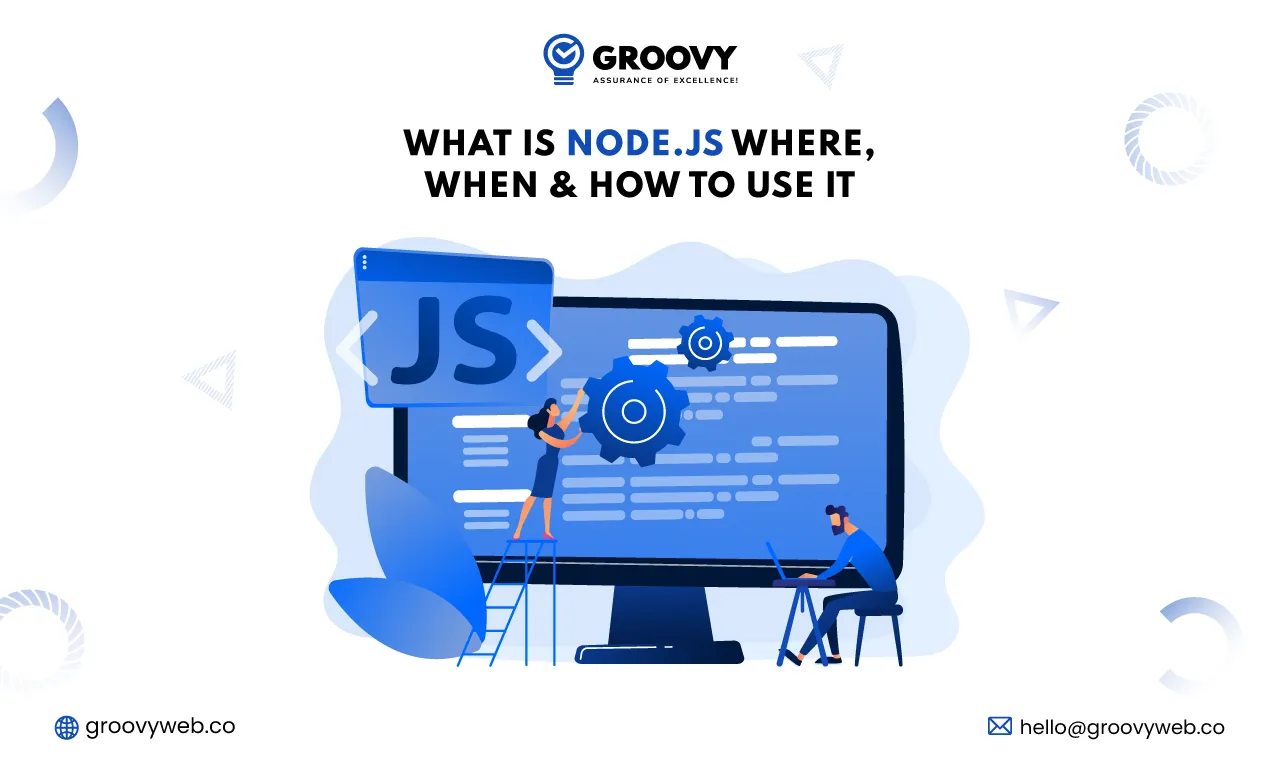
Rahul Motwani
What is Node.js, Where, When & How To Use It In 2024
Web App Development 06 Sep 2024 13 min read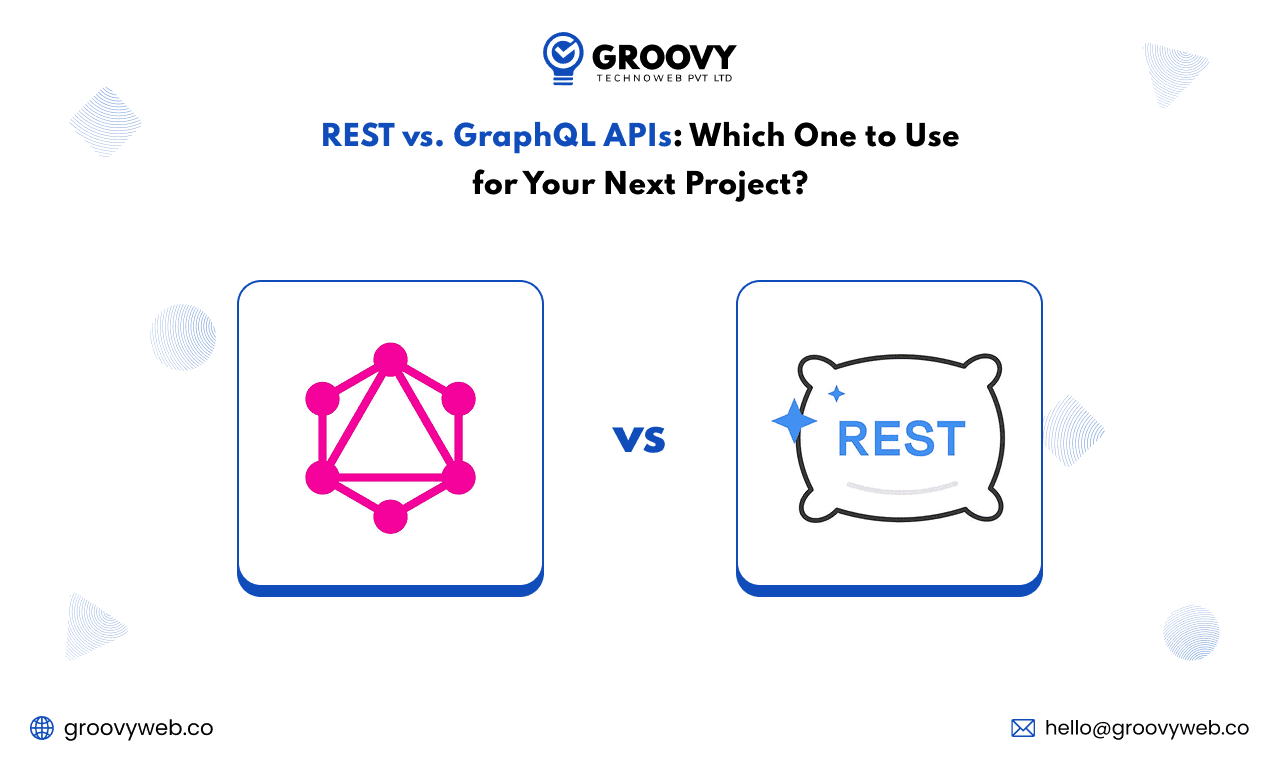
Ashok Sachdev
REST vs GraphQL APIs: Which One to Use for Your Next Project?
Technology 17 Apr 2025 9 min read
Krunal Panchal
UI vs UX - Difference Between User Interface vs User Experience
UI/UX Design 20 Dec 2024 8 min readSign up for the free Newsletter
For exclusive strategies not found on the blog